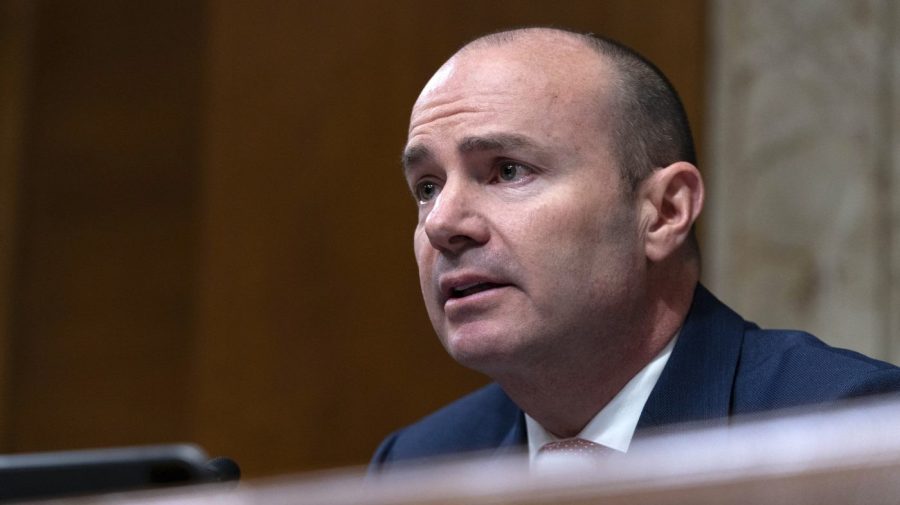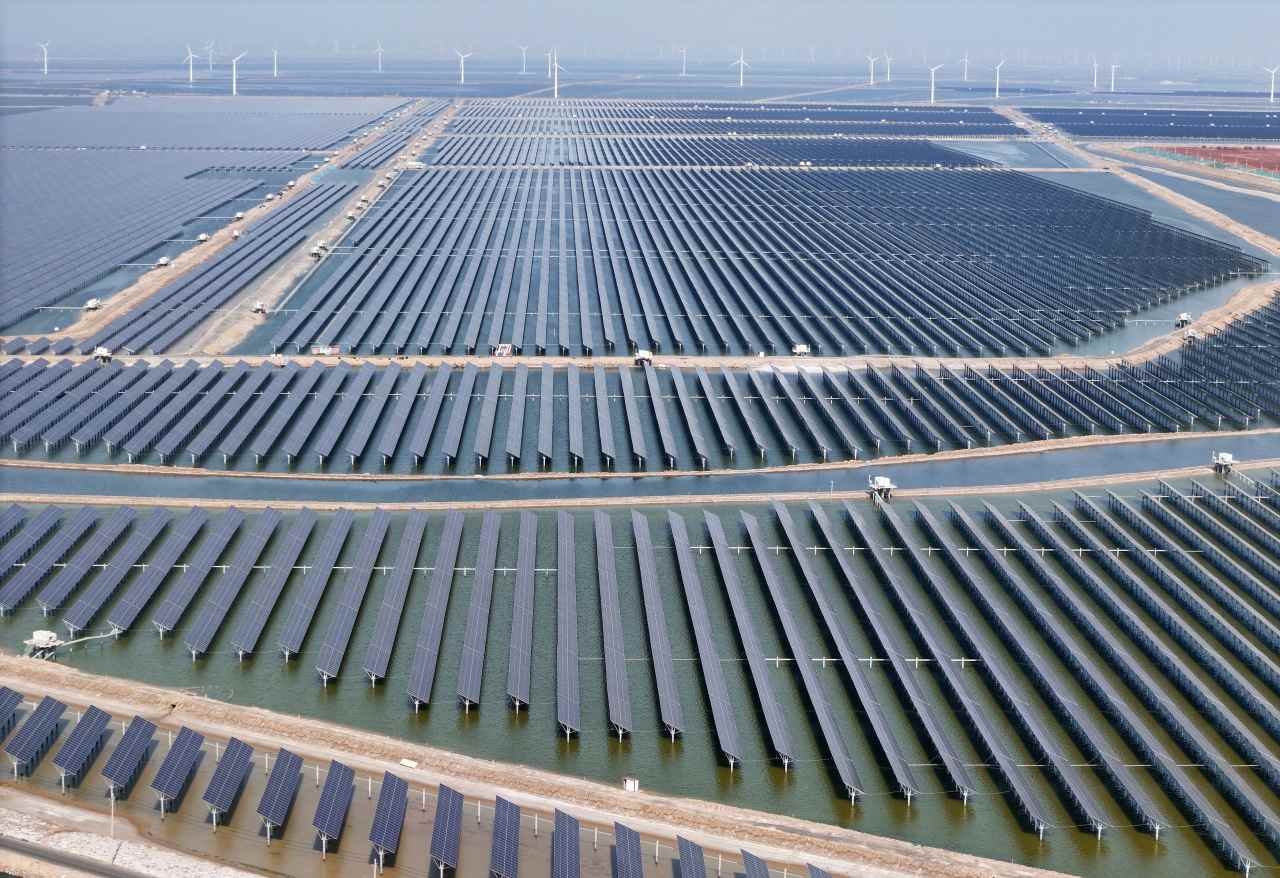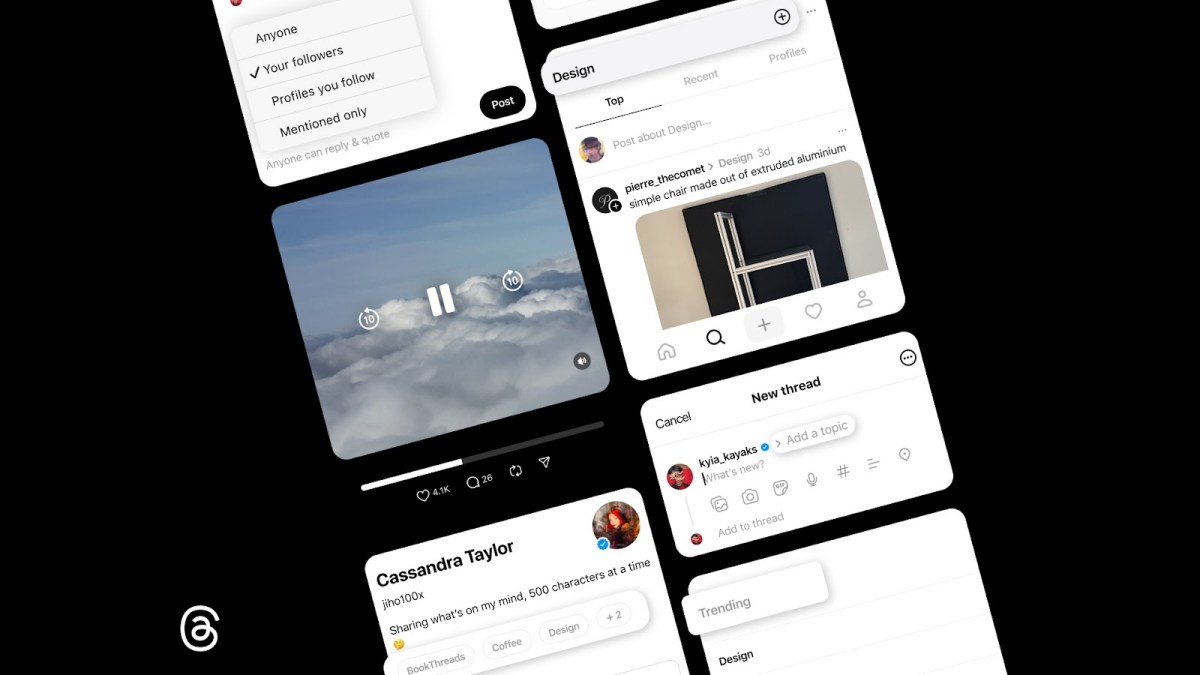
“We really encourage people to disable those [biometrics] and instead to use a strong numeric or alphanumeric password to unlock your phone, to ensure that no one can unlock your phone without your consent,” Joshi said.
As for tracking concerns, airplane mode is “pretty good,” and can mitigate dangers of having your real-time location tracked by ads, Budington said.
You can also buy additional tech to help you block your location signal, but there are pros and cons. Faraday bags can help block signals “a little bit more than airplane mode,” Budington said, especially if you forget to turn off certain settings. But he cautioned that by bringing one, “you will reduce your ability to plausibly deny that you’re part of the protest.“
These are basic phone security considerations, but there are longer primers that can help you strategize how to secure your phone before and after protests. For example, “if you take pictures at protests, you should take some extra time to blur out faces and possibly remove metadata. Signal actually has a blurring feature built in,” Ruizesparza noted.
Above all, don’t wing it. Creating a gameplan before a protest takes time and sometimes difficult conversations but “ultimately, secure practices don’t just keep the individual safe, but also keep the collective network around the individual secure as well,” Ruizesparza said. “Practical safety and security is a simple act of solidarity.”







